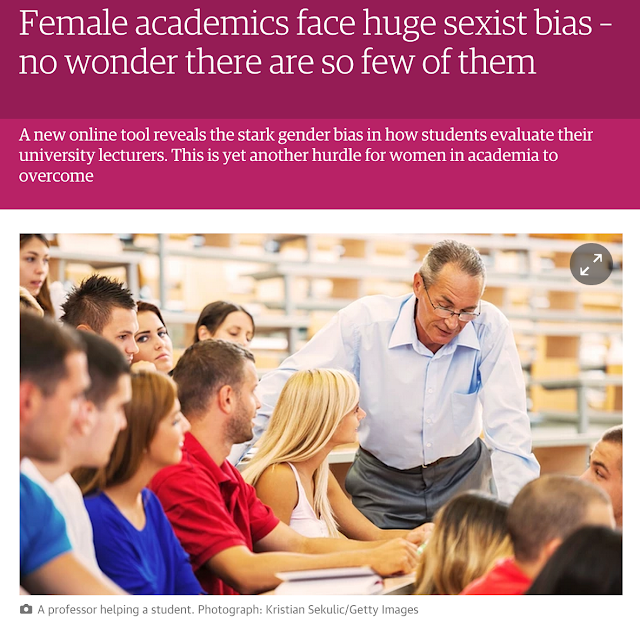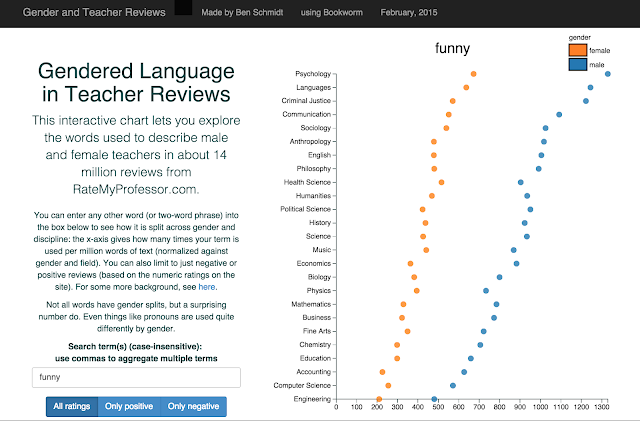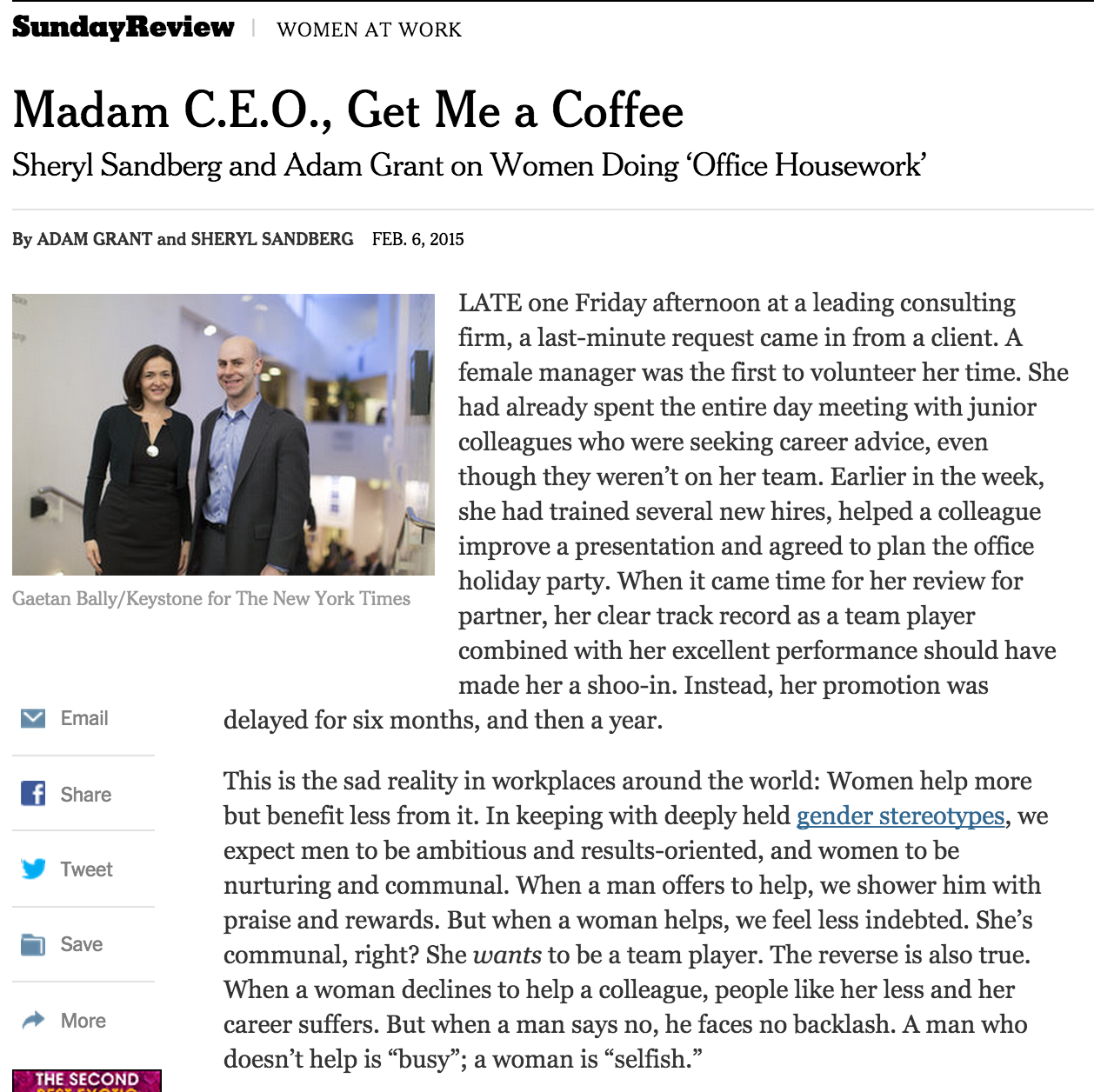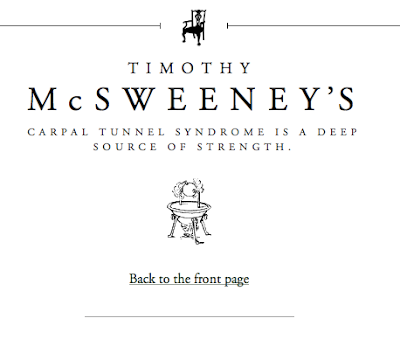THE analysis reveals progress in closing gap, but female academics still earn nearly £6K less than men.
Excerpts from the article:
“Female professors also lose out in the pay stakes as they are paid 5.8 per cent less than men over the UK as a whole, according to Hesa figures. That deficit rises to 6.6 per cent in Scotland, 8.4 per cent in Wales and 10.8 per cent in Northern Ireland. It is 5.4 per cent in England.”
“The biggest pay differential for professors occurs at St George’s, University of London, where women are paid on average 19 per cent less than men, while female academics at the medical school are paid 17 per cent less. …”
“When academics of all kinds are considered, City University London had the highest pay gap among larger universities with an 18.4 per cent difference – equivalent to £12,222. …”
“King’s College London, where female academics are paid about £10,000 less than men on average (18.2 per cent), said that it is “working hard to understand the reasons for our gender pay gap”.”
Read more at https://www.timeshighereducation.co.uk/news/ucu-calls-for-wage-audits-as-gender-pay-gap-endures/2019452.article.










